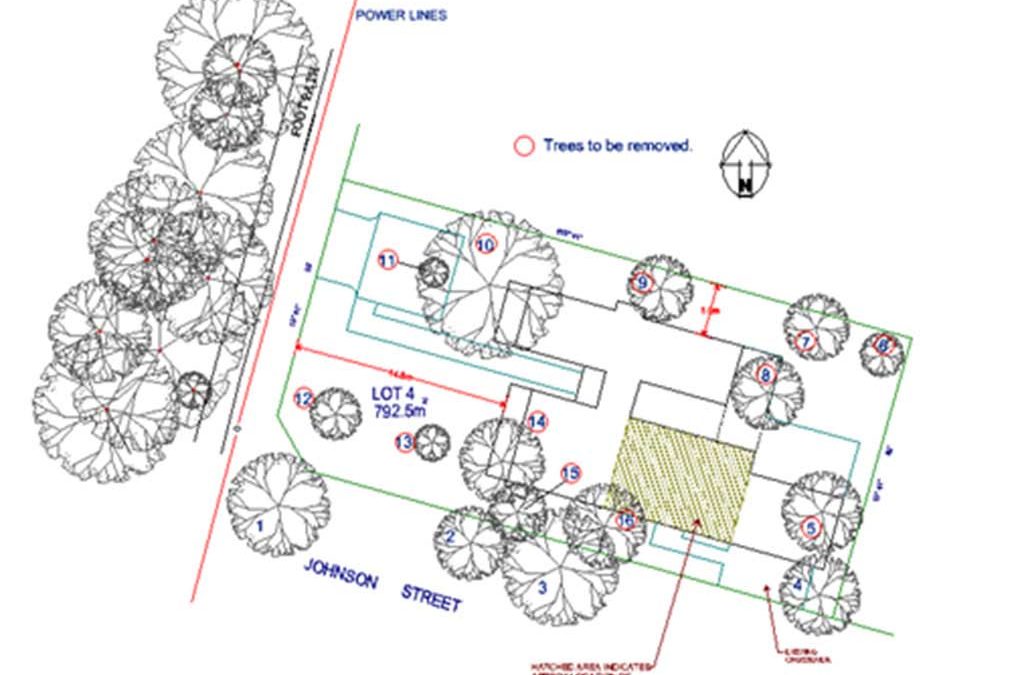An arboricultural impact assessment or AIA is a report produced by a certified/qualified Arborist that lists the impacts of a potential construction project on any trees on or adjacent to the construction site. The arboricultural impact assessment usually follows the Preliminary Tree Assessment (PTA) and uses data from this report, expanding on it.
Required documents, data and information
An arboricultural impact assessment can only be adequately prepared once several other documents have been prepared. These include:
- Architectural plans
- Services plans
- Land surveys
- Landscape plans
Only when these have been preferred can an arboricultural impact assessment be completed.
When do you need an arboricultural impact assessment?
An arboricultural impact assessment should accompany any development application to help the relevant local authority understand the impact on local tree stock. Any development application submitted without an arboricultural impact assessment is likely to be declined further delaying the process.
What is included in an arboricultural impact assessment?
Well, it’s a detailed assessment of the effects that the following will have on the trees in and around the construction site:
- Building works
- Infrastructure works
- Stormwater drainage
- Landscape construction
All trees must be accounted for in terms of both removals and those that will be retained. Each tree will be allocated a number, and the following other pieces of information will be listed:
- Botanical name
- Height of the tree
- The tree’s canopy spread
- Age class
- It’s significance
- Life expectancy
- Priority (in terms of retention value)
- Trunk diameter (at breast height)
- The Tree Protection Zone (TPZ)
- The Structural Root Zone (SRZ)
- Any conflicts between the Tree Protection Zone and the construction site.
Another crucial part of the arboricultural impact assessment is the tree protection plan; this is essentially a visual representation of all of the factors listed above; it will show the number and location of each tree, the Tree Protection Zone and the areas of conflict (rated high, medium, low or no conflict). It also can include tree protection measures such as ground protection or fencing.
How long does it take to prepare an arboricultural impact assessment?
Most contractors will carry out an assessment and have a report ready inside 14 days. There are priority services on offer, however, which offer the same in as little as seven days.
An arboricultural impact assessment is an extremely important piece of the planning and development puzzle and one which should not be missed out.

